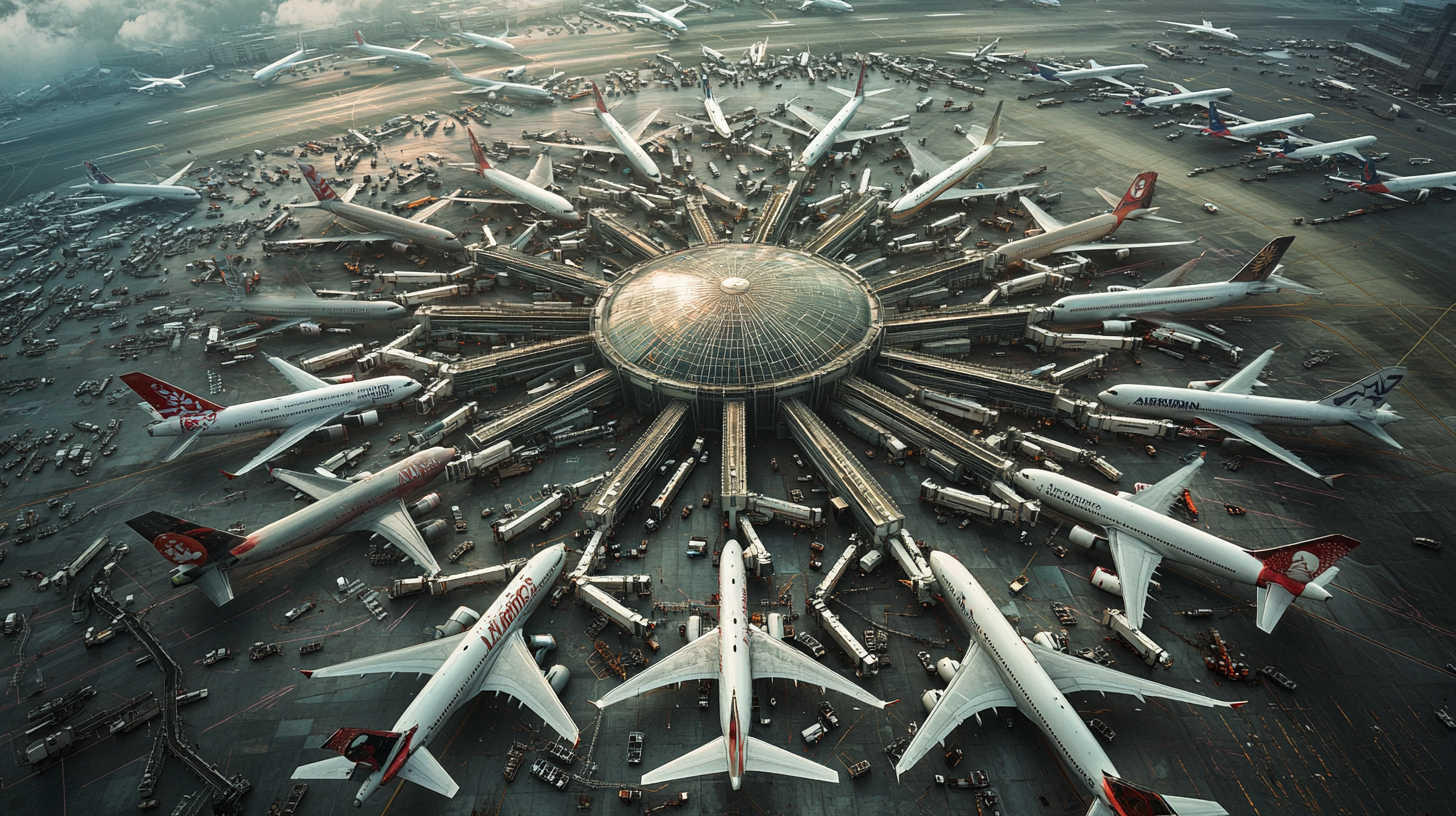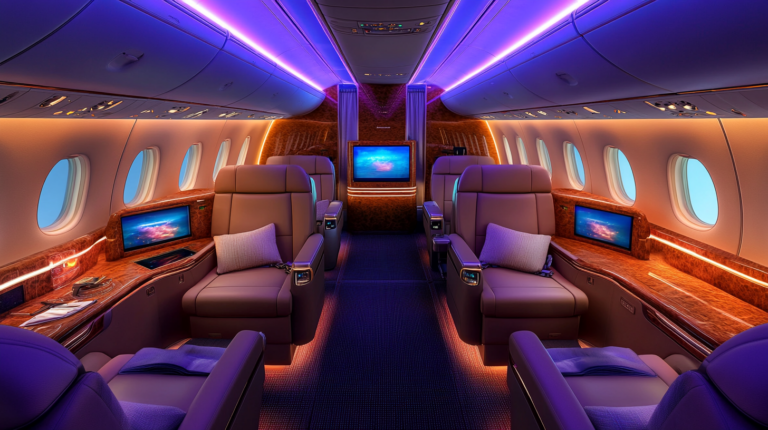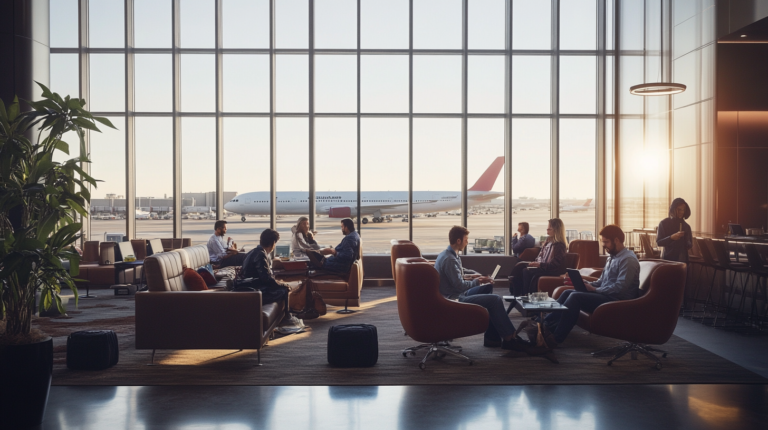Navigating Airline Merger Mania
The aviation industry is no stranger to turbulence, but recent years have seen a different kind of upheaval: a surge in airline mergers and acquisitions. This “merger mania” is reshaping the skies, affecting everything from ticket prices to the very routes travelers frequent. Understanding this complex trend is essential for anyone looking to navigate the changing landscape of air travel, as detailed in Insights on the Impact of Airline Mergers on Passengers .
The Catalysts Behind Airline Consolidation
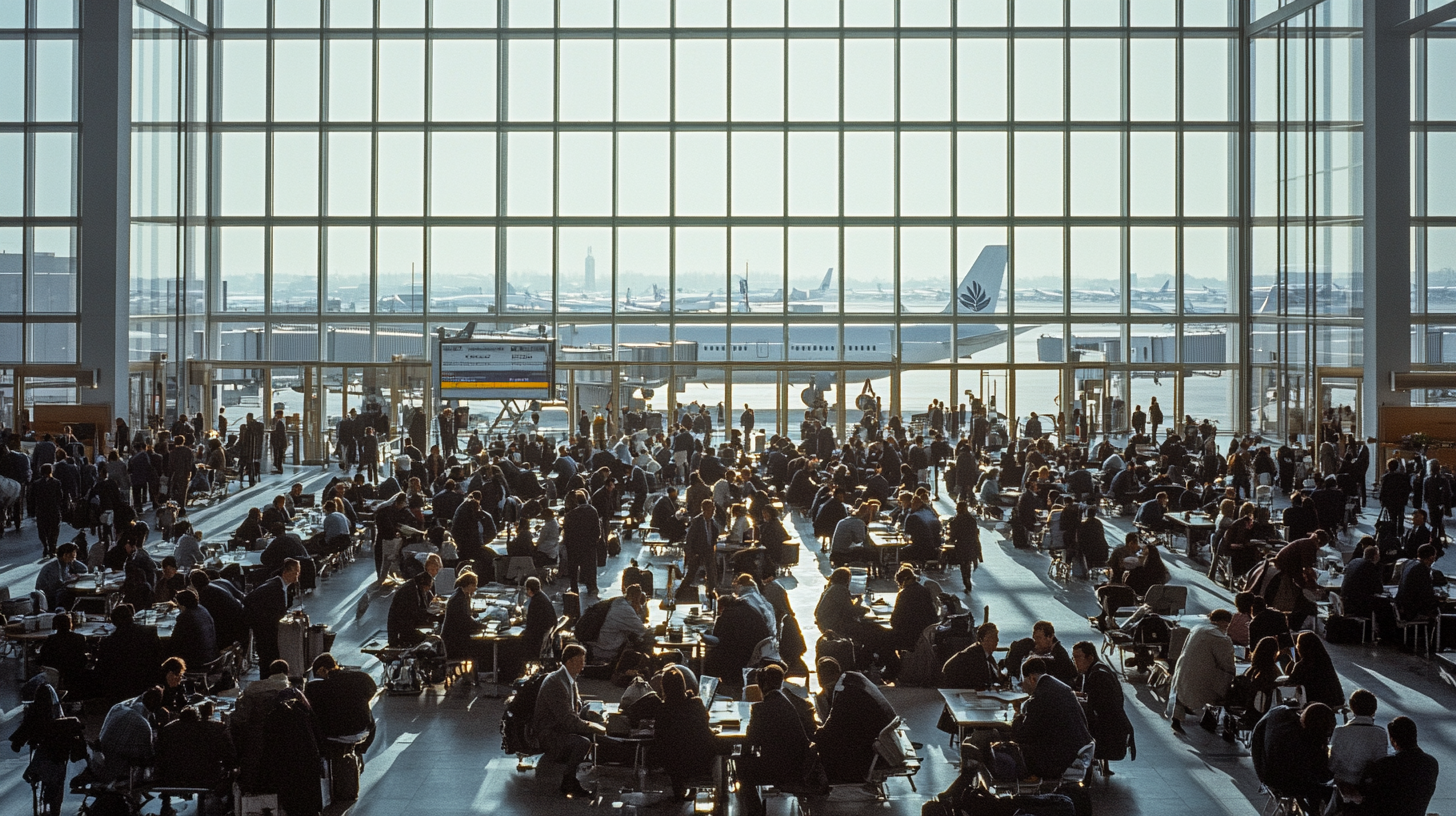
At the heart of this merger frenzy are several driving forces reshaping the industry. Airlines are pursuing mergers and acquisitions to gain competitive advantages, spurred not only by technological advancements such as improved aircraft efficiency but also by the increasing demand for seamless international travel. The globalization of commerce and tourism has heightened the need for carriers to offer more extensive networks. High fuel prices and economic challenges, including fluctuating currency exchange rates, have pressured airlines to seek economies of scale and market diversification as a means of survival. Analyses in sources like Effects of Mergers on U.S. Airline Industry Competition provide deeper insights into these transformations.
The U.S. airline industry, in particular, has witnessed significant merger activity that has transformed its competitive landscape. From 2009 to 2013, major carriers like Delta and Northwest, United and Continental, and Southwest and AirTran combined, consolidating the market into a few dominant players. This trend has resurfaced since 2023, with new alliances forming to bolster profitability. Legal experts Courtney Dyer and David Heffernan highlight these developments, discussing factors such as origin-destination pairs—the city pairs that travelers fly between—and route overlaps that play crucial roles in merger decisions. The consolidation allows airlines to optimize their networks, reduce redundant routes, and enhance connectivity for passengers.
The Impact on Competition and Fares
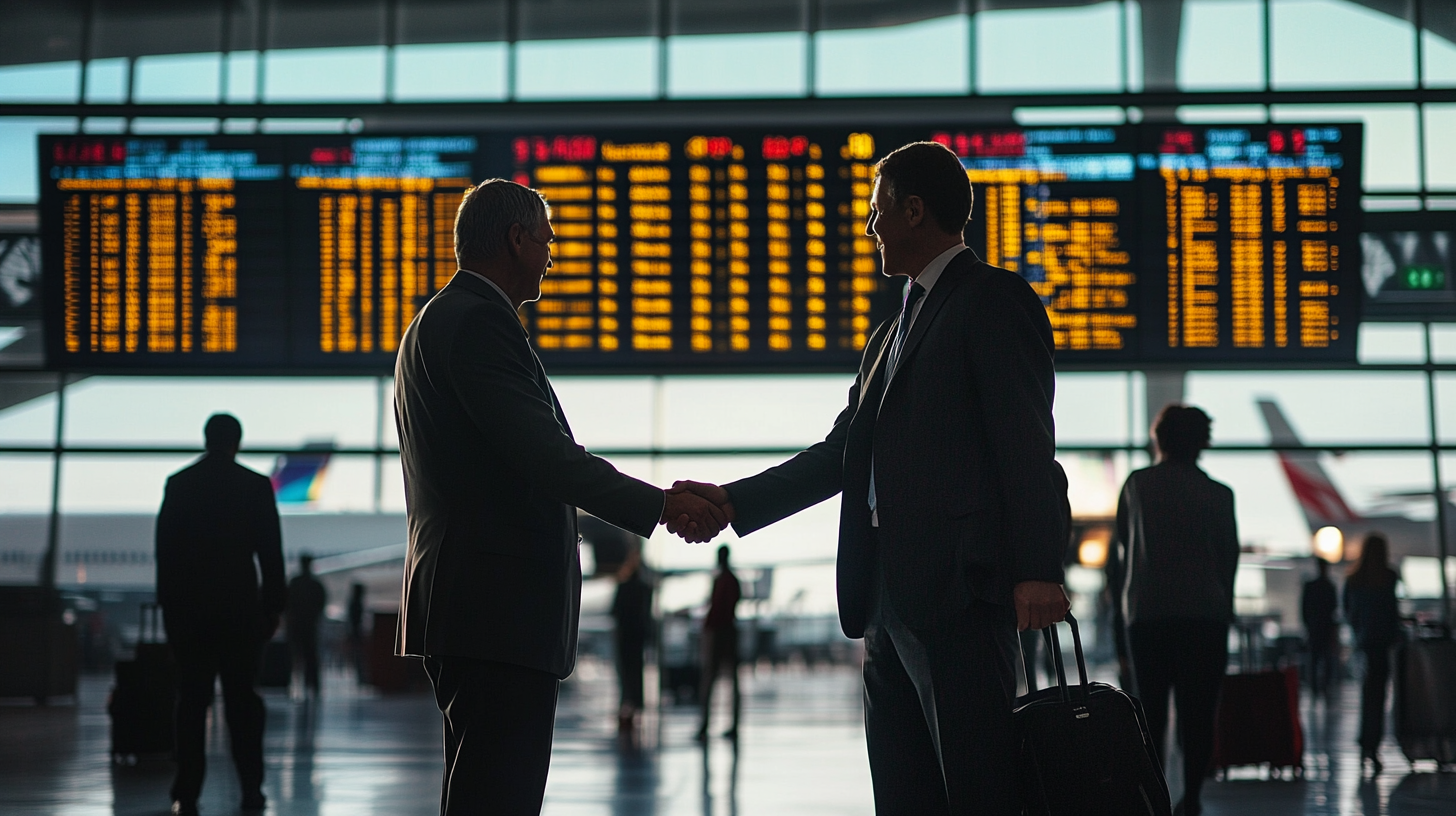
While mergers can lead to increased efficiencies and broader networks, providing passengers with more direct flights and loyalty program benefits, they often come at a cost to competition. The consolidation of major airlines reduces the number of carriers in the market, which can hinder competition and lead to higher ticket prices and service fees for consumers. For example, the proposed merger between American Airlines and US Airways raised concerns about limiting competition on numerous routes, particularly in key hubs and markets. This consolidation potentially results in less choice and higher costs for travelers, as reduced competition can lead to fare increases. Studies such as Impact of Airline Mergers on Airfare and Service Quality highlight how such mergers influence pricing and consumer options.
Regulatory bodies like the Department of Justice (DOJ) and the Department of Transportation (DOT) play a critical role in scrutinizing these mergers to safeguard competition. Their reviews involve analyzing the potential impact on market competition, assessing whether the merger would create monopolistic conditions on certain routes. By imposing conditions or requiring divestitures of slots and gates at congested airports, these agencies aim to prevent the formation of monopolies and ensure that the interests of consumers are protected. For instance, in the American Airlines and US Airways merger, the DOJ required the airlines to relinquish slots at key airports to maintain healthy competition, as detailed in Regulatory Approaches to Airline Merger Oversight .
Cultural Integration: The Hidden Challenge
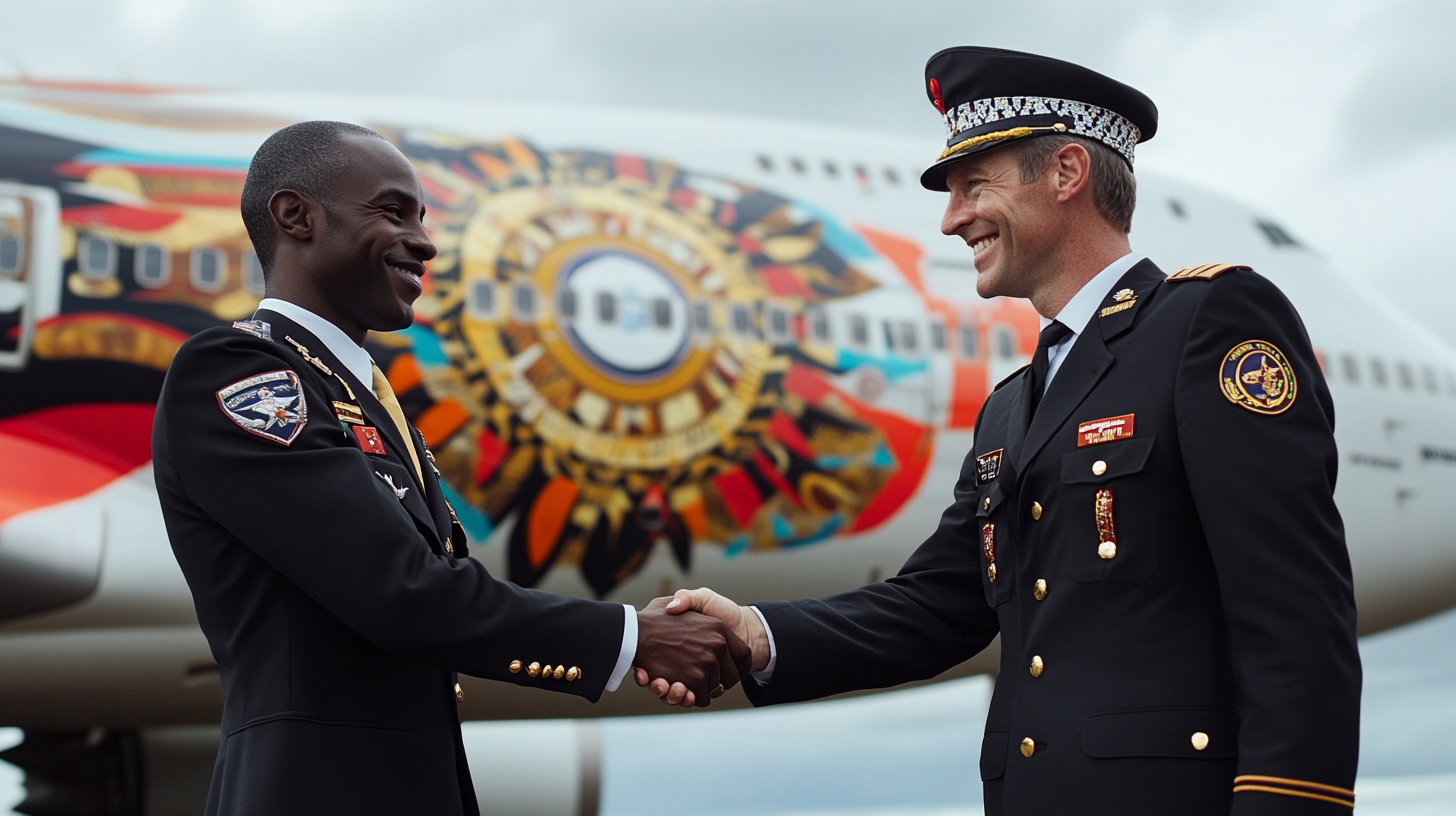
Merging airlines face not only financial and regulatory hurdles but also the formidable challenge of cultural integration. The alignment of corporate cultures is a significant determinant of long-term success in mergers. Differences in management styles, employee relations, and operational philosophies can lead to internal conflict and reduced efficiency if not addressed properly. Past examples within the aviation industry, such as the fraught integration process between US Airways and America West, highlight the complexities involved. These challenges are further exacerbated when international carriers with different cultural backgrounds merge. Past examples outside the aviation industry, like the difficulties faced by Daimler-Chrysler, underscore the importance of cultural compatibility. Successful mergers require not just the combination of assets but the harmonization of values, practices, and workforce expectations. As noted in Strategies for Navigating Cultural Integration in Airline Mergers , addressing these issues proactively is essential for a smooth transition.
Regulatory Scrutiny and Legal Landscapes

The shift from aggressive takeovers to strategic alliances reflects a broader cooperative business philosophy aimed at mutual growth and resource sharing. Codeshare agreements and joint ventures are becoming more common as airlines seek to expand their reach without full mergers. However, this does not lessen the intensity of regulatory scrutiny. Antitrust laws and consumer protection regulations require airlines to conduct thorough due diligence and risk assessments to ensure that any form of consolidation complies with legal standards. Recent cases, such as the acquisitions involving Alaska Airlines and Hawaiian Airlines, have drawn attention from regulatory authorities intent on maintaining fair competition in the industry. The DOJ’s challenges in these cases highlight the legal complexities airlines face when expanding through mergers or alliances. Comprehensive analyses like Legal Implications of Airline Mergers and Alliances shed light on how regulatory frameworks shape these corporate strategies.
The Global Perspective: European and Middle Eastern Movements
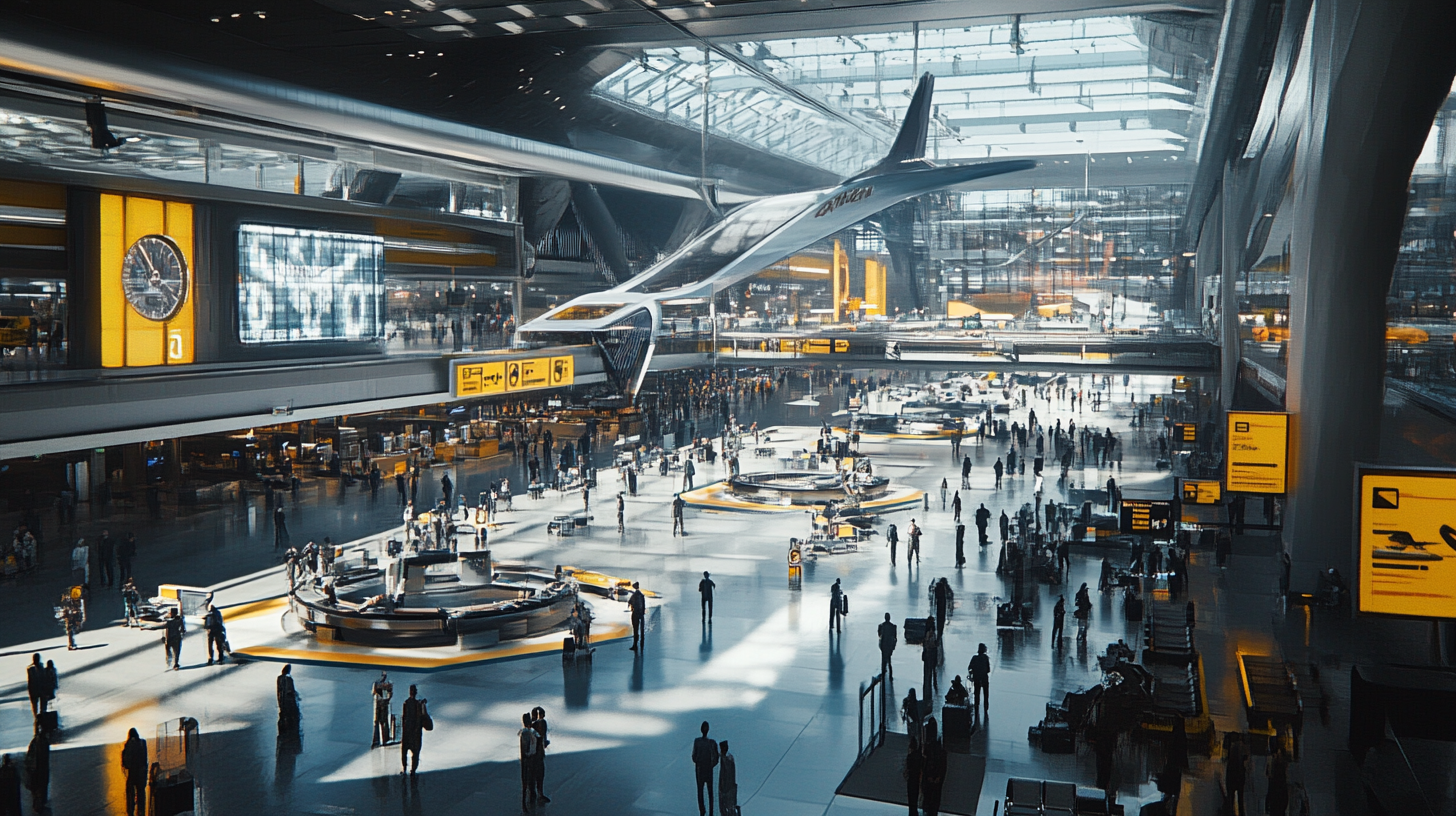
Globally, airline mergers and acquisitions are also reshaping the aviation landscape, reflecting regional market dynamics and strategic objectives. In Europe, carriers like Air France-KLM and the International Airlines Group (IAG), which owns British Airways, Iberia, and others, are vying for acquisitions such as TAP Air Portugal and Air Europa. These moves aim to strengthen their presence in lucrative markets and gain access to strategic routes, especially those connecting to South America and Africa. Lufthansa Group’s interest in ITA Airways, the successor to Alitalia, signifies the ongoing consolidation efforts to create bigger, more competitive European airlines capable of competing on a global scale. Despite economic concerns in the U.S., Middle Eastern airlines such as Emirates, Qatar Airways, and Etihad continue to place significant aircraft orders, indicating their expansion ambitions. Their strategic investments are focused on leveraging their geographical advantage as hubs connecting East and West, as discussed in Middle Eastern Carriers’ Role in Global Aviation Expansion .
Future Outlook: What Travelers Can Expect
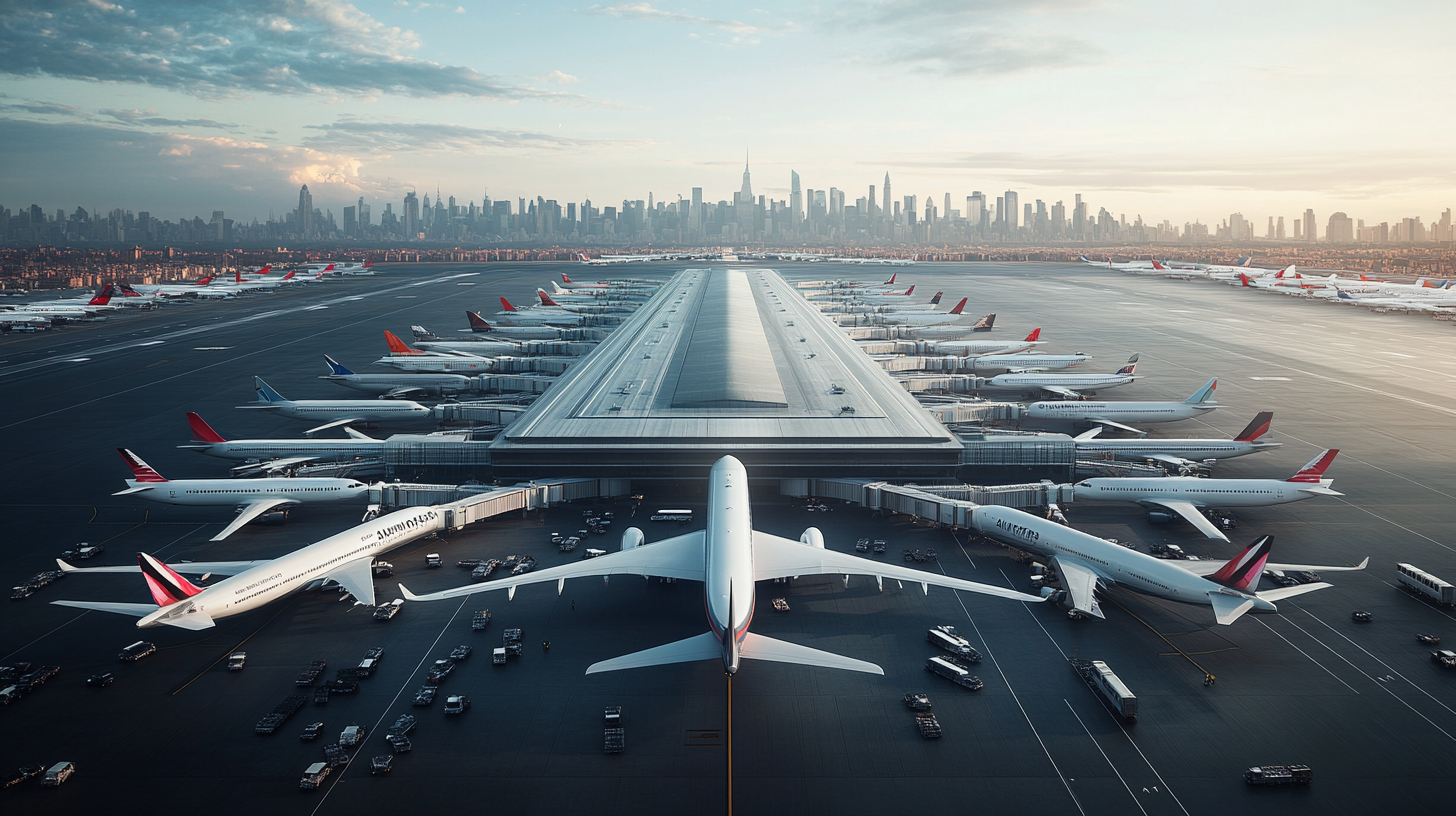
The fading trend in U.S. airline mergers suggests that carriers may seek alternative ways to offset rising operational costs, such as wages and maintenance. This could lead to higher fares as airlines attempt to boost revenue amidst shaky earnings and high fuel costs. Low-cost carriers like Southwest and JetBlue have historically resisted fare hikes, striving to maintain their competitive edge through affordable pricing. However, ongoing cost pressures from labor unions demanding higher wages, increased maintenance costs for aging fleets, and investments in new technologies may change this dynamic. Travelers may start to see not only higher base fares but also an increase in ancillary fees for services like checked baggage and seat selection. According to Traveler’s Guide to Adjusting to Rising Airfares , staying flexible with travel dates and booking in advance will become even more crucial for cost-conscious passengers.
Looking ahead, future mergers may focus on global expansion and technological integration rather than mere market consolidation. Airlines are leveraging partnerships to enhance customer experiences and operational efficiency by investing in advanced technologies. For instance, the implementation of artificial intelligence for predictive maintenance, biometric boarding processes to expedite security procedures, and personalized marketing through data analytics are becoming industry standards. The travel and hospitality sector, including giants like Delta, is leveraging advanced technologies for better service delivery. Collaborations with tech companies and startups are fostering innovation, as explored in Technological Innovations Shaping the Future of Air Travel . These developments aim to improve punctuality, safety, and customer satisfaction, offering a competitive edge in a saturated market.
Navigating the Changing Skies
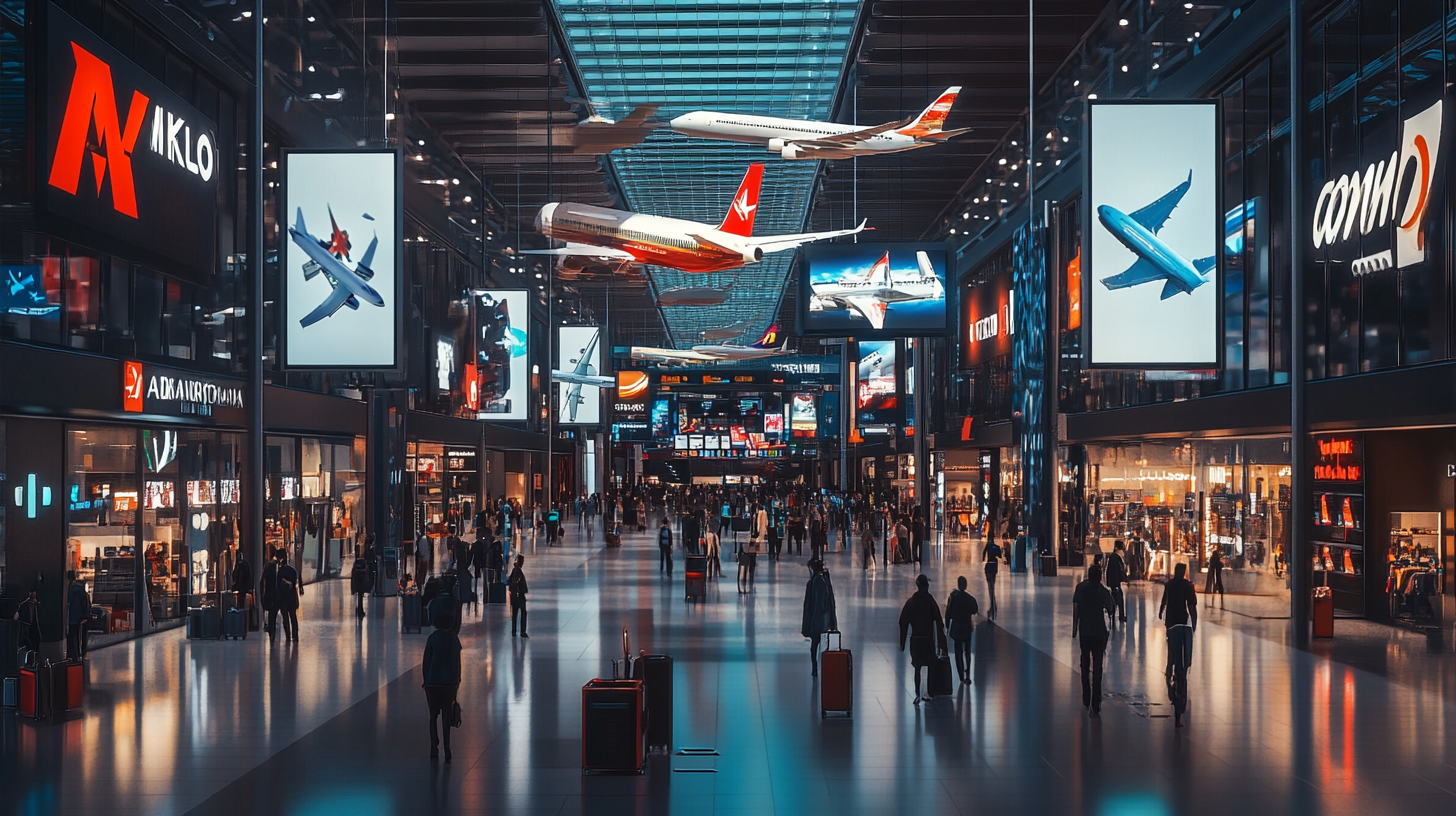
For travelers, these shifts mean staying informed is more important than ever. Understanding how airline mergers affect flight options, ticket prices, and service quality can help consumers make better travel decisions. As airlines consolidate, travelers may encounter fewer options on certain routes, necessitating flexibility and advanced planning. Utilizing resources like fare comparison websites and being aware of alliance networks can help in finding the best deals and routes. Additionally, keeping abreast of loyalty program changes is essential, as mergers often lead to program integrations that can affect mileage accrual and redemption. Guides such as Strategies for Travelers in a Consolidating Airline Market offer valuable tips on navigating these changes effectively.
Final Thoughts
Airline mergers are a double-edged sword. On one hand, they offer the potential for improved efficiencies, expanded networks, and enhanced services that can benefit passengers through more direct flights and integrated loyalty programs. On the other, they pose challenges such as reduced competition and higher prices for consumers, potentially limiting choices and affordability. Regulatory oversight remains a crucial component in balancing the needs of the industry with those of the traveling public. It ensures that while airlines pursue growth and profitability, the market remains fair and competitive. As highlighted in Balancing Industry Growth with Consumer Protection in Aviation , finding this equilibrium is essential for the sustainable development of the aviation sector.
As the aviation sector continues to evolve, staying informed about these developments is key. Whether you’re a frequent flyer or an occasional traveler, understanding the implications of airline mergers will help you navigate the skies more effectively during this era of merger mania. By keeping abreast of industry news, regulatory changes, and shifts in airline offerings, passengers can make more informed choices and potentially find better value in their travel experiences. The dynamic nature of the airline industry means that adaptability and awareness are essential for maximizing the benefits while mitigating the drawbacks of these significant corporate changes.
Follow us back to milesBUZZ for more insights and updates on the ever-evolving world of aviation.

